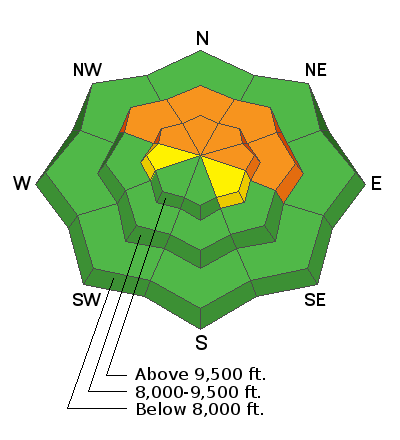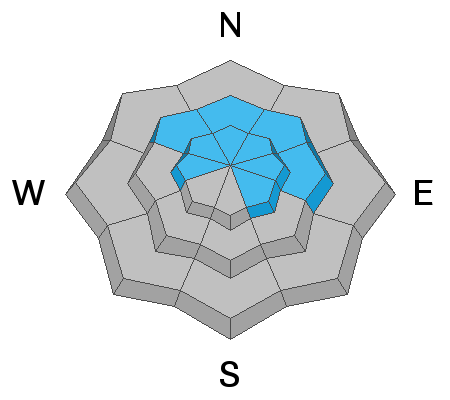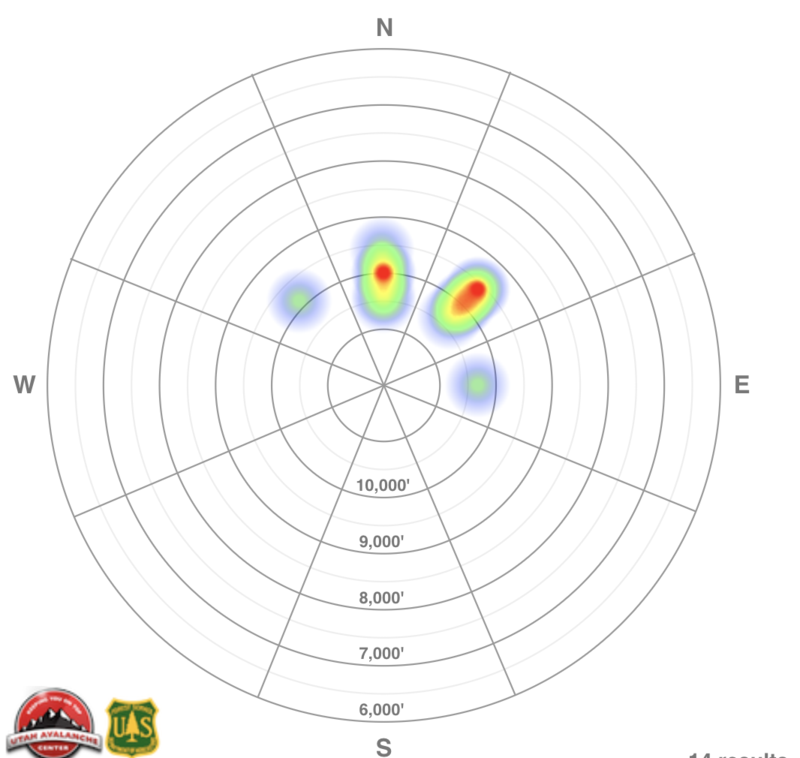Forecast for the Salt Lake Area Mountains

Issued by Drew Hardesty on
Wednesday morning, November 28, 2018
Wednesday morning, November 28, 2018
Areas of CONSIDERABLE danger exist for human triggered avalanches 1-3' deep on the northern half of the compass at the mid and upper elevations. The danger is more pockety on westerly and southeasterly aspects, but no less dangerous. Remember these avalanches may be triggered from adjacent slopes or from the flats below. Take care to avoid the thinly veiled rocks, stumps, and deadfall this early season.

Low
Moderate
Considerable
High
Extreme
Learn how to read the forecast here








